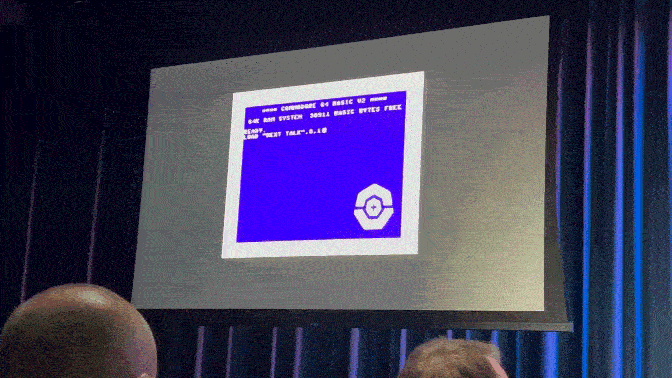
I attended for the first time the KCD (Kubernetes Community Days) in Zürich with my colleagues Jean-Philippe and Arjen.
I can say I was pretty eager to know more about topics around Kubernetes and eBPF stuff as Isovalent was well represented.
This event is a two day conference with 2 streams at some slots, first day is dedicated to technical workshops and day 2 (the one I attended) is dedicated to talk sessions.
It started very well in a beautiful place at Google Swiss headquarter.
As we were at the opening, we had some time to do networking and it was funny to find Sacha Dubois a Senior solution specialist from VMware with who I had worked to implement a Managed Kubernetes with Tanzu last year.
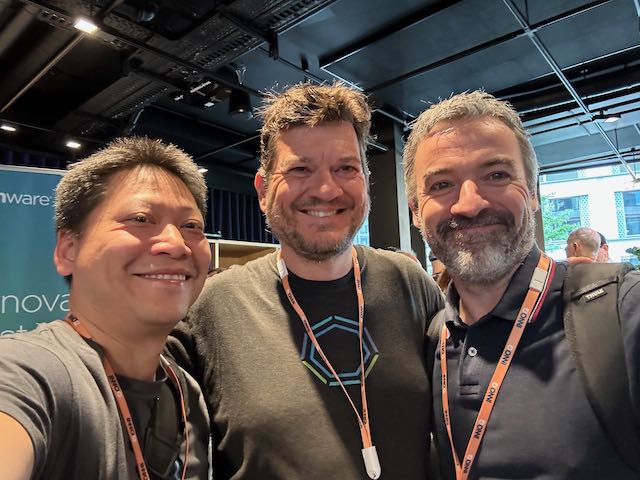
The event started exactly on time at 8:45 AM in a crowdy sold out main conference room with a funny welcome message with many remarkable numbers starting with 2014 which is the initial release date of Kubernetes and ended with the number 10^100 which represent “one Googol” to thanks Google for their support.
Cilium Mesh
The first talk was with Thomas Graf from Isovalent and gave us an overview of what can be done with Cilium Mesh to manage our infrastructure with a minimal effort by just only adding annotations to mention if a service should be reachable from another Kubernetes cluster with Cluster Mesh.
The innovation, here, is that our workloads and machines can be managed easily whether they are in the cloud, on-prem or on the edge by creating an universal networking layer.
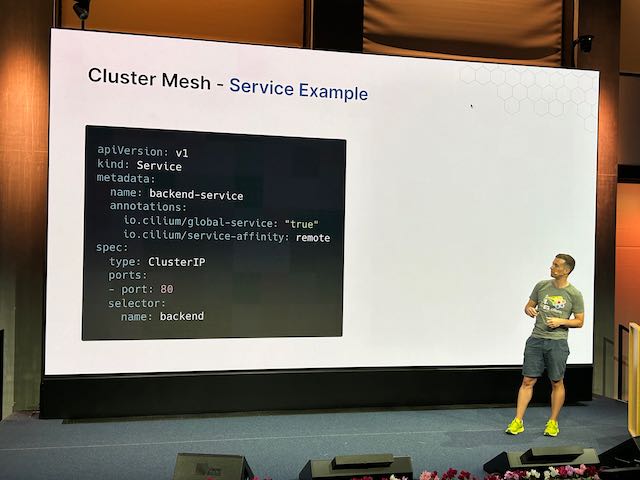
State of Green Washing
Then Max Körbächer talked about concrete sustainability with power consumption when using cloud resources for your Kubernetes cluster, to resume the idea, the best way to reduce your carbon emission is to be able to calculate it and then start by reducing non required tasks like multiple checks in your pipeline that are not required, change to “green regions”, and so on…
Scale at another level
After that, I followed a talk at the extreme opposite from Ricardo Rocha a computing Engineer at the CERN who explain us how they manage to handle billions of data in a short time with Kubernetes and before his talk I was wondering what concrete applications can require that much nodes, now I know!
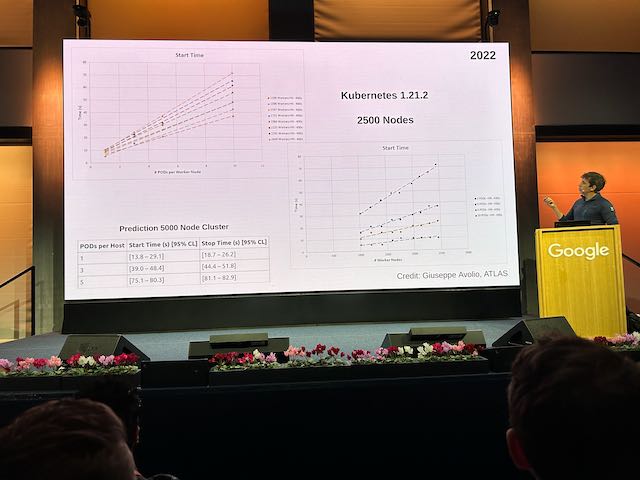
He also explain his other challenge to succeed on computing efficiently data gathered. The software that compute should be able to scale rapidly, but its image is about 24 GB!!!
This is where they start to use stargz snapshotter, this project leverage on the fact that pulling an image before the container can start take around 76% of the startup time and optimize the container start by rearranging image layers and allowing lazy pulling, in his demo we saw the pod starting in less than 7s compared to 1 minute for the standard image, very impressive!
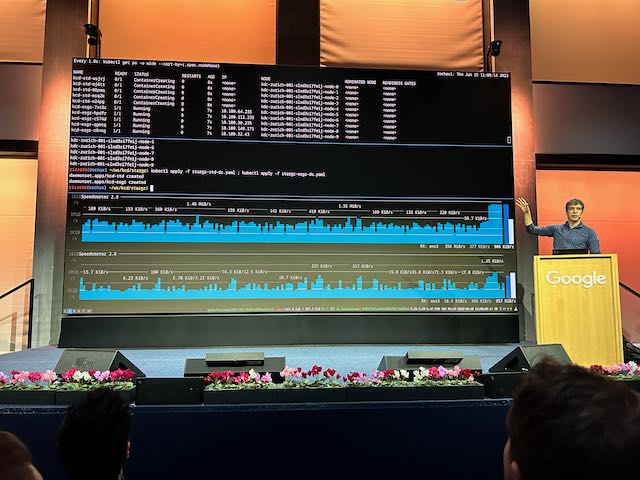
Anime and Kubernetes
Before the lunch I went to a more lightweight talk around Kubernetes but nevertheless very creative. Annie Talvasto has one of her passions which is Japanese animation, she talked about the analogy you can find in Anime and Kubernetes or tech careers.
With for example Naruto Multicloning and Kubernetes replicaset or the different evolution of Goku (Dragon Ball Z) from a kid to a Super Saiyan compared to when you started you career and when you start gaining badge from technical certificates, I loved that!
Thanks Annie for keeping fun in our job!

During the lunch break, I had the opportunity to talk to Liz Rice and got her book “What is eBPF” signed.
In the afternoon, I joined Lena Fuhrimann’s talk about how to troubleshoot efficiently our Kubernetes cluster with their project livelint.
After that, I choose to ear Julius Volz, co-founder of Prometheus.io, talking about enhancement done is prometheus metrics for histograms with native histograms, never think all is carved in marble when you use open-source project, enhancement can be done everywhere.
Extend observability with eBPF
Before the last talk, I followed Raphaël Pinson’s talk an other Isovalent talented member on removing the bridge between Dev and Ops when talking about monitoring by bringing observability to a new level with eBPF.
A fact is, eBPF is not a new thing, it’s everywhere since 10 years now, it allows Linux Kernel to be programmable without any additional configuration at application layer.
You can find here the list of eBPF applications.
The conference ended with Liz Rice talk in the main room touting about eBPF possibilities and coupled with Kubernetes Tetragon CRDs to bring your security to another level, the less we can say is, if you consider security, think with eBPF capabilities.
Conclusion
This day was full of good talks and I hope you learned something from reading this resume.
I encourage you also to read Jean-Philippe’s blog here for the other talks of this event.
Thanks dbi services for giving the opportunity to make your employees growing up!
![Thumbnail [90x90]](https://www.dbi-services.com/blog/wp-content/uploads/2025/05/martin_bracher_2048x1536.jpg)
![Thumbnail [90x90]](https://www.dbi-services.com/blog/wp-content/uploads/2024/03/AHI_web.jpg)
![Thumbnail [90x90]](https://www.dbi-services.com/blog/wp-content/uploads/2022/08/HER_web-min-scaled.jpg)